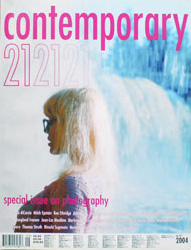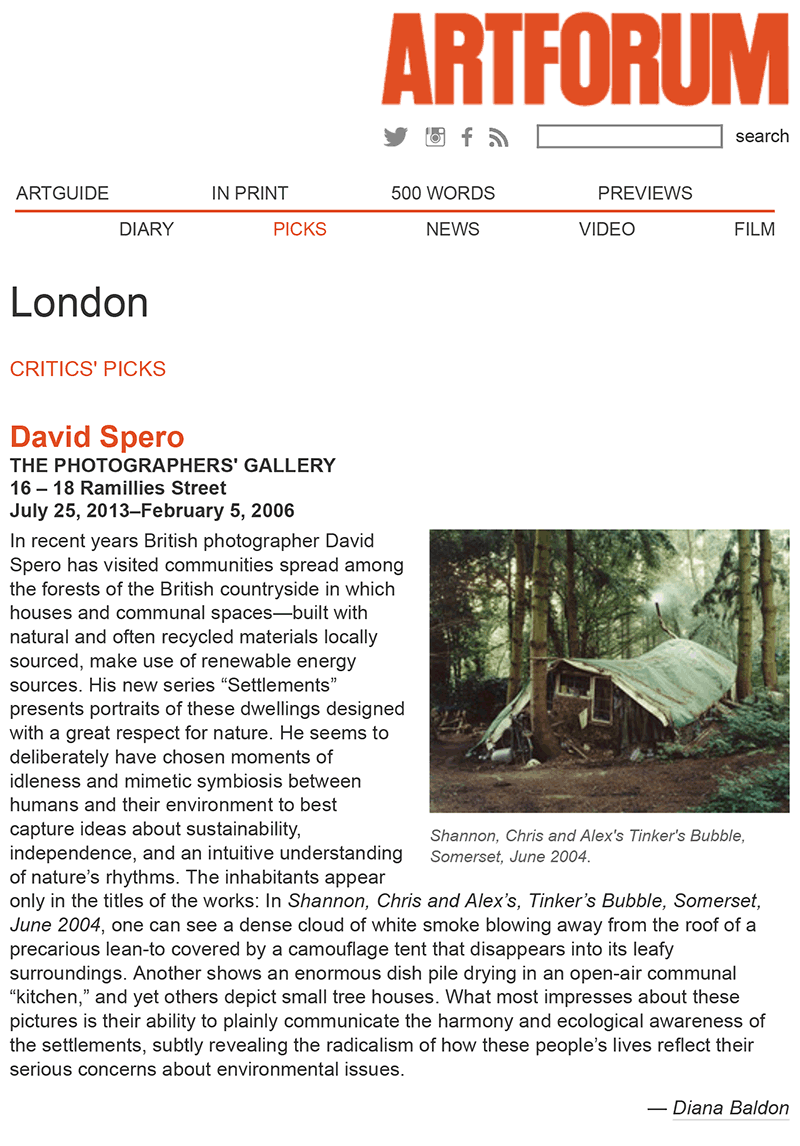journals

PLACES: Forum of Design for the Public Realm,
University of California, Berkeley. Issue 18.3, 2006
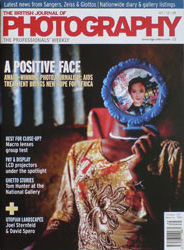
Diane Smyth ‘Shooting Eden’,
BRITISH JOURNAL OF PHOTOGRAPHY, 7/12/05
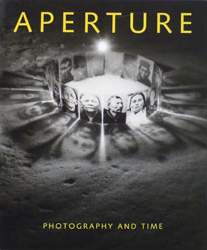
Photography and Time,
APERTURE No.158 Winter 2000
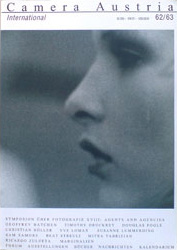
CAMERA AUSTRIA,
Edition 62/63, 1998
press
Sarah Kent, Time Out,
25th Jan 2006
Diana Baldon, London Critics’ Picks,
ArtForum Jan 2006
Jessica Lack, Guardian Guide,
26th Nov 2005
Lucy Siegle, The Obsever Magazine,
27th Nov 2005



